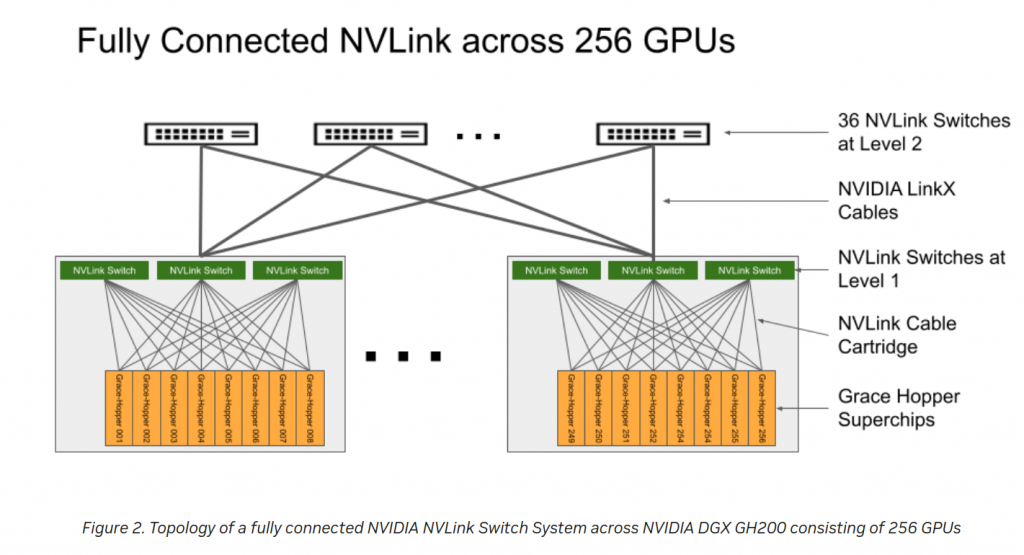I finished this book today. And to be honest I have struggled a bit with it from the scientific aspect to the social one.
DNA is our instruction set but we depend on the our environment too for developing those instruction. But that DNA is a random mix from our parents. So we could look like them but we are not them, we are unique. Each person is unique.
It is difficult to accept that whatever I have achieved is based on genes and environment, and luck. Many times I tell myself when looking at the mirror that I am the luckiest person in the world, so I came into terms with that point. As well, that doesn’t mean that we are pre-programmed and there is nothing to do, that there is no “free” will. This is a tough philosophical topic and again, I got a hard time reading about it in the book but the author says there is elbow room between our genes/environment and what we become or do with it. So it was a bit of a relief as your ego is not totally destroyed.
People vary in ability, energy, heath, character, and other socially important traits, and there is good, although not absolutely conclusive, evidence that the variance of all these traits is in part genetically conditioned. Conditioned, mind you, not fixed or predestined”
Theodosius Dobzhansky
So in the book, there is a strong emphases to the fact that the genetic lottery defines much of the inequality in the society we live. We live in the system where educational success, work success, etc follows one standard. The book wants to change the idea that one system fits all is not possible, as we are all different so we need/have different ways to evolve, learn, etc. So for achieving a more fair society we need to provide a different education method to children that can’t learn/develop in the “standard” way. For doing that, we need to have a better understanding of our DNA. And obviously that is a bit scary because it can be misused by companies, governments, etc. That means a change in mentality in social politics. It is kind of being more “socialist” instead of a more cut-through capitalist society. And I think that makes sense, the social improvements we have from the “socialist” politics like free education, free health system, holidays, worker rights, etc has improved our societies compared with the earliest ones from the Industrial Revolution. But at some point, the inequality gap is increasing again. So accepting that genetics is a lottery and we need a new approach to close that gap, is the first step.
These are two pictures that helped me to understand what they book was trying to achieve. Equality is giving to all, the same. Equity is given each one what it needs, and that is win-win situation for all.


The author refers to three types of positions when dealing with social policies:
- eugenic: we are defined by our genetics and we should do nothing to change it.
- genome-blind: ignore genetics difference, waste time/money without really improving the inequality gap (or making it worse)
- anti-eugenic: use genetic data to search for effective processes that improve people’s live and reduce inequality in society.
Something that surprised me is the mention that there are deaf couples that wanted their children deaf as they dont see deafness as defect, and they used genetic help for that. I struggle to accept that is correct.
Still got the feeling that I am not explaining all properly or if I have understood everything properly. I need to take notes, highlight things, etc. How difficult is to have a pencil around when most of the time I am reading at home 🙂


